-
Windows
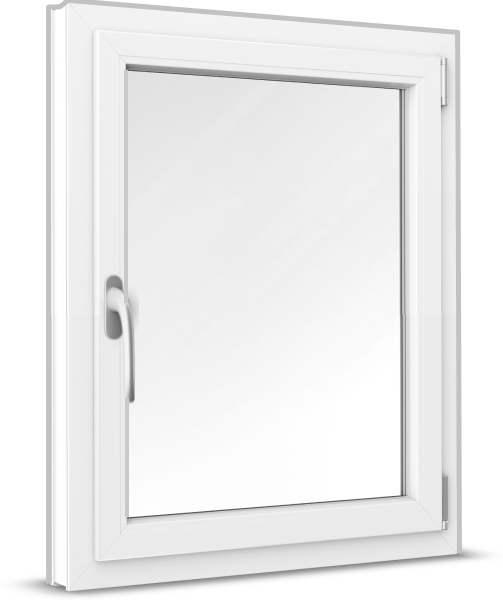 Windows
Windows
-
French Doors
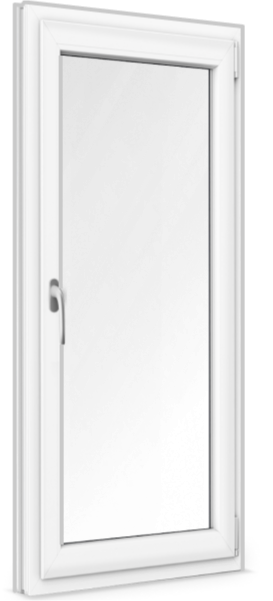 French Doors
French Doors
-
Patio Doors
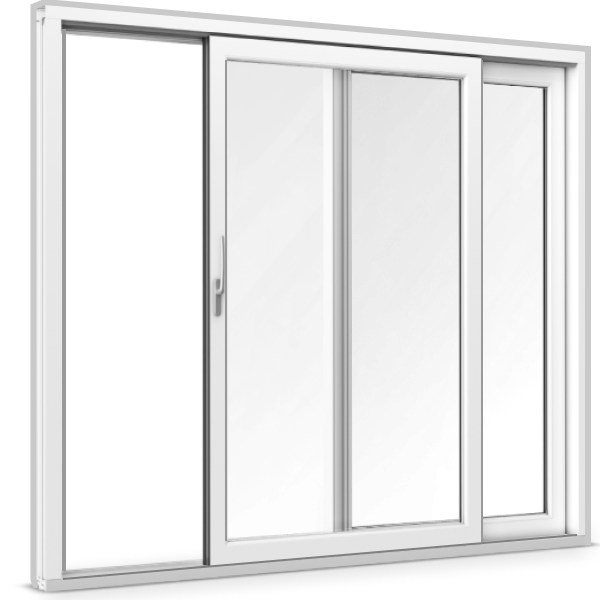 Patio Doors
Patio Doors
-
Front Doors
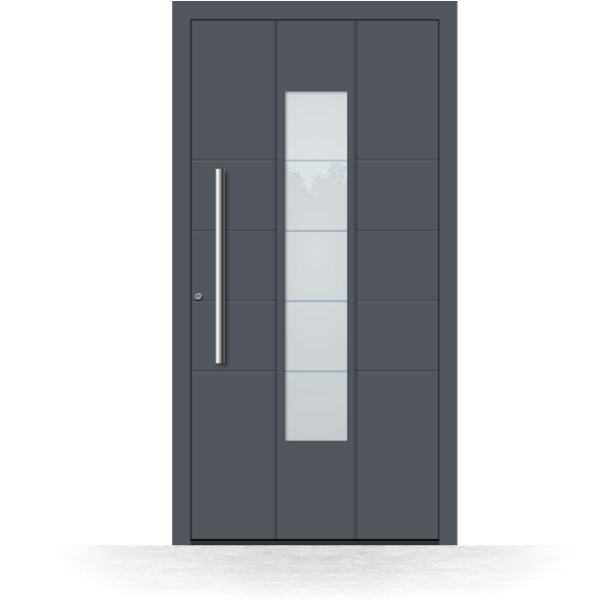 Front Doors
Front Doors
-
Roller Shutters
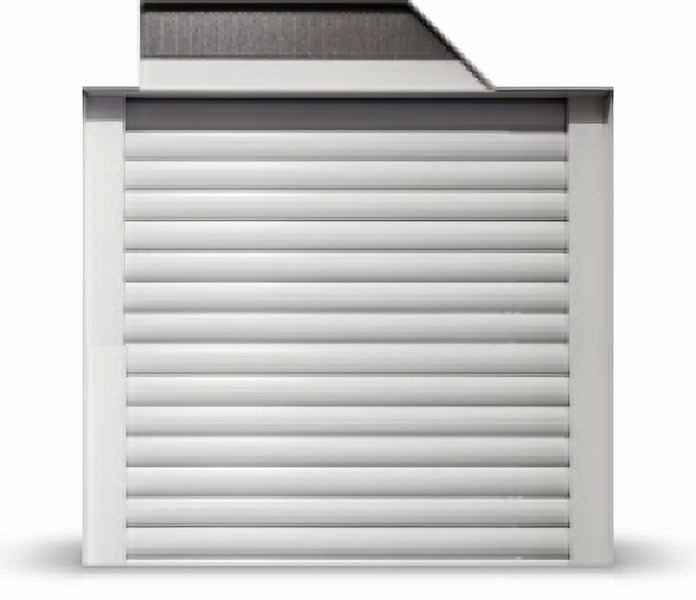 Roller Shutters
Roller Shutters
-
Window Sills
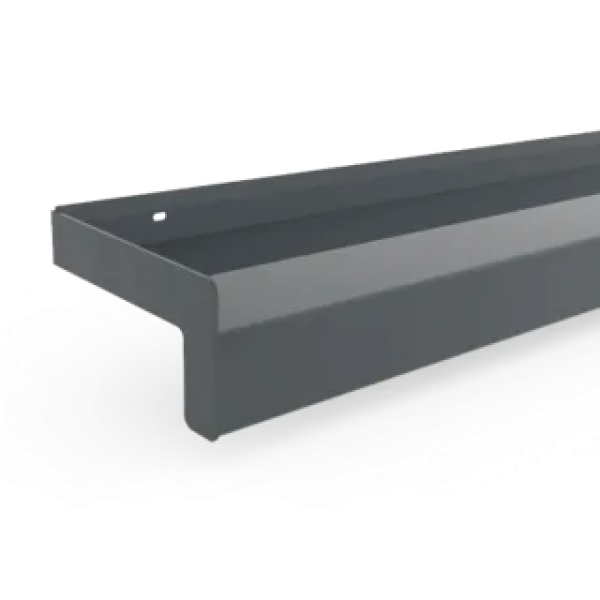 Window Sills
Window Sills
-
Sign in
Contact us

Windows are one of the main potential entry points of potential thieves and burglars as they are often the weak link security wise and also offer views of what the home contains. Simple locks and alarms are often easy to defeat and may not even meaningfully delay forced entry. In order to better protect your home and family, we offer several types of burglar-proof glass, divided into six different resistance classes. They measure the amount of effort, time, and type of tools required to gain entry via the window. Based on your house's location, use (i.e. is it a vacation home or primary residence) and valuables, it is worth installing at least a minimal level of protection to secure your family and possessions.
Security glazing is divided into six classes. These resistance classes are designated by the abbreviation RC (Resistance Class). In private homes, RC 2 and RC 3 are found most frequently and usually sufficient based on the most probable scenarios.
| Resistance class per DIN EN 1627 | Break-in time required | Entry method |
|---|---|---|
| RC 1 N | 3 minutes or less | Basic protection against attempted forced entry with physical violence, such as kicking, ramming, or attempting to the casement out. No tools used. |
| RC 2 N | 3 minutes | Tools such as screwdriver, pliers or crowbar are used to force open a window or door |
| RC 2 | 3 minutes | Simple tools such as screwdrivers, pliers and crowbars used to break open a closed and locked window or door |
| RC 3 | at least 5 minutes | Burglar uses a second screwdriver and a crowbar to break open a closed door or window |
| RC 4 | at least 10 minutes | Burglar uses sawing and hammering tools as well, such as axes, chisels, hammers and battery-operated drills |
| RC 5 | at least 15 minutes | Burglar uses high-performance power tools as well, such as drills, sabre saws and grinders to open a locked window or door |
| RC 6 | at least 20 minutes | Use of high-performance power tools as well, such as drills, sabre saws and grinders |
Burglar-proof glazing consists of multiple panes. A layer of tear-resistant plastic foil is sandwiched between two individual panes of glass and bonded with them using heat and pressure, or lamination. This laminated safety glass is widely used today for safety and security applications. It is available in different thicknesses and levels of protection. Of course generally speaking, the thicker the better. Laminated safety glass offers protection against thrown objects as well as handheld tools. When laminated safety glass is broken or shattered it breaks up into small fragments which stay stuck to the backing foil, instead of falling down and creating a hole in the window.

A burglar would therefore need to strike the window in the same place over and over again to even make a small hole. Forced entry becomes more difficult, taking far longer and requiring the intruder to make a lot of noise and movement. This makes it a good deterrent against burglary..
Ground level windows, sliding doors and french doors are all favorite points of entry for criminals. Being essentially large holes in the wall, they are the most vulnerable if not secured. Luckily, there are a variety of simple ways to increase the overall security of each of these areas without making your home a steel fortress. Here are several tips for homeowners: